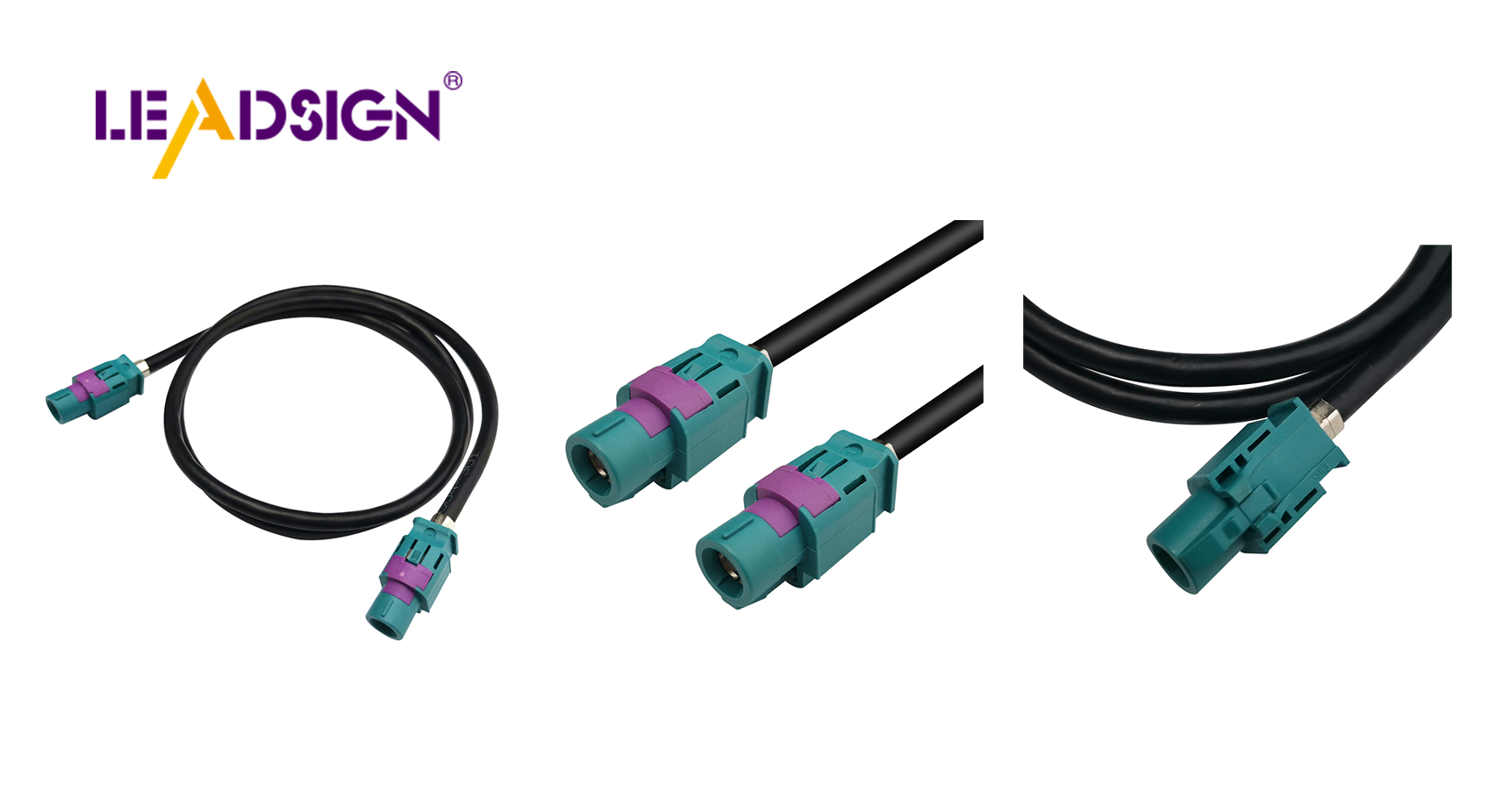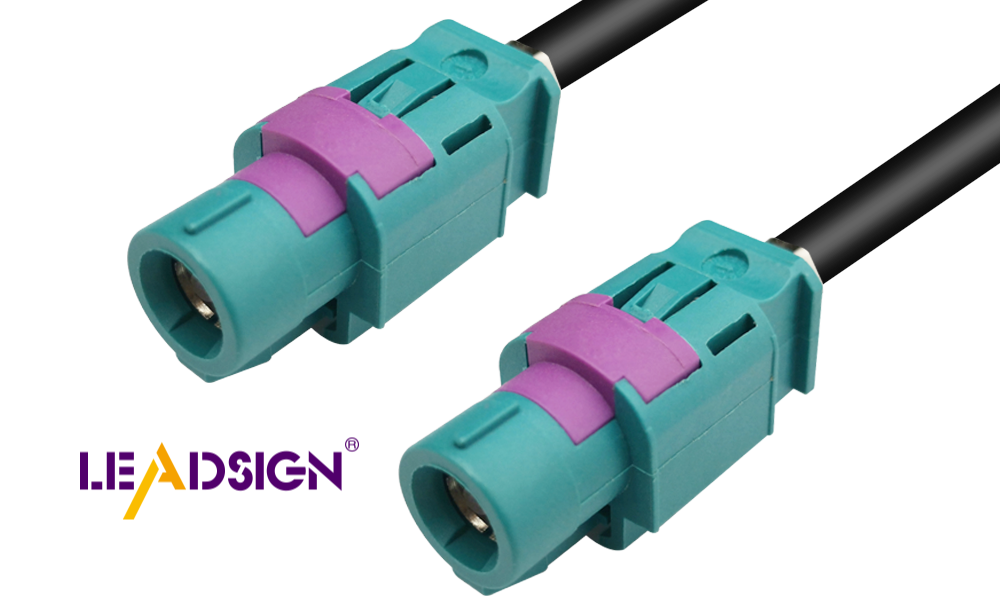A Step-by-Step Guide to Fixing Vehicle Connectors Effectively

Vehicle connectors are important for your car's electrical systems. A broken connector can cause problems or expensive fixes. Knowing how to fix these connectors saves money and stress. This guide shows how to change a wire harness easily.
Key Takeaways
Regularly inspect your vehicle connectors for signs of damage, such as rust or breaks, to prevent costly repairs down the line.
Use a multimeter to test the functionality of connectors; this simple tool can help you identify issues before they escalate.
Follow safety precautions, such as disconnecting the battery and wearing protective gear, to ensure a safe and effective repair process.
Understanding Car Electrical Connectors
Knowing car electrical connectors helps keep systems working well. Let’s learn how to spot problems, tools you’ll need, and what damages these parts.
Signs of a Bad Connector
How can you tell if a connector is bad? There are clear signs to look for. If your car’s lights flicker or stop, the connector might be broken. You might smell something burning or see melted plastic or rust. Checking connectors often can prevent bigger issues later.
A multimeter can check how well a connector works. It measures voltage and current flow. If the numbers are wrong, it’s time to fix it.
Tools to Check Connectors
You don’t need fancy tools to find connector problems. Start by looking for rust, burns, or broken parts. Try the wiggle test. Move the connector gently and see if the system flickers. If it does, you’ve found the problem.
For better testing, use a multimeter. It checks if the wire harness and connector are working right.
Why Connectors Get Damaged
What makes connectors break? Tough conditions like water, dirt, and heat can damage them. Cheap materials are another reason. Weak connectors can’t handle the job and fail under pressure.
Knowing your car’s needs helps you pick the right connector. Sealed connectors are good for tough conditions. Unsealed ones work in easier settings. Always choose strong materials to avoid future problems.
Steps to Replace Car Electrical Connectors

Fixing car connectors may seem hard, but it’s doable. Follow these steps to fix connectors and keep your car working.
Safety Precautions Before Starting
Safety is important before starting. Here’s what to do:
Wear gloves and safety glasses to stay protected.
Work in a clean, bright space to avoid mistakes.
These steps help you stay safe while fixing connectors.
Tools and Materials Needed
The right tools make the job simple. You’ll need:
Multimeter
Wire cutters
Crimping tools
Soldering tools
New connectors
Check your tools before starting. Being ready saves time and effort.
Removing the Old Connector
Here’s how to take out the old connector:
Disconnect the battery, starting with the negative side.
Press or unscrew the connector to remove it.
Check wires for damage and pick a matching connector.
Cut off the broken connector with wire cutters.
This keeps the wires safe while removing the old connector.
Installing the New Wire Harness Plug Connector
Now, put in the new connector:
Clean the wires to remove dirt or dust.
Crimp and solder wires into the new connector tightly.
Add grease to stop rust from forming.
Don’t tighten too much to avoid breaking parts.
These steps help the new connector work properly.
Securing and Testing the Connection
After installing, secure and test the connection:
Reconnect the battery and tighten all terminals.
Test the system to see if it works.
If everything works, you’re done!
Testing ensures the repair is complete and your car is fixed.
Maintenance Tips for Vehicle Connectors
Taking care of your car’s connectors avoids future problems. With simple steps, you can make them last longer and keep your car working well. Let’s look at some easy tips.
Cleaning and Protecting Connectors
Clean your connectors often to stop dirt and rust. Here’s how:
Blow away dirt with air or use a soft brush.
Wipe connectors clean with a cloth or alcohol swab.
Look for rust or loose parts while cleaning.
Add grease to protect pins from water and rust.
Don’t tighten connectors too much when putting them back.
Use covers to protect connectors from heat and water.
These steps help your connectors stay clean and last longer.
Preventing Future Damage
Stop expensive fixes by being careful. Keep wires and connectors dry and away from heat. Replace cracked or worn parts quickly. Pick strong connectors that fit your car’s needs. For tough conditions, sealed connectors work best. A little care now saves trouble later.
Regular Inspection Practices
Check your connectors often to find problems early. Look for rust, burns, or loose wires. Use a multimeter to test the electric flow. Fix any issues you see right away. Make checking connectors part of your car’s regular care. This habit saves time and money over time.
By following these tips, your connectors will stay in great shape and avoid costly repairs.
Fixing bad car connectors helps your car work well. It also stops expensive problems. Here’s a simple summary:
Use a multimeter to test if they work.
Get tools like wire cutters and crimpers.
Replace connectors carefully and check the new ones.
Keep connectors clean and add grease to stop rust. These steps save money and keep your car reliable. Be proud of fixing it yourself—you can do it! 🚗✨
FAQ
What if a connector doesn’t fit right?
Make sure the connector is the correct type and size. It must match your car’s needs. If it doesn’t, get the right one and replace it.
How often should you check car connectors?
Check them every three months for rust, dirt, or loose wires. Regular checks help you find problems early and save money on repairs.
Can old connectors be used again?
It’s not a good idea to reuse old connectors. They might have hidden damage or wear. Always choose new, strong connectors for safety and better performance.
See Also
Understanding Ford Fakra Connectors: A Comprehensive Overview
Enhancing Automotive Performance Using HFM Connectors Effectively
Improving Data Transmission in Vehicles with Advanced Connectors

